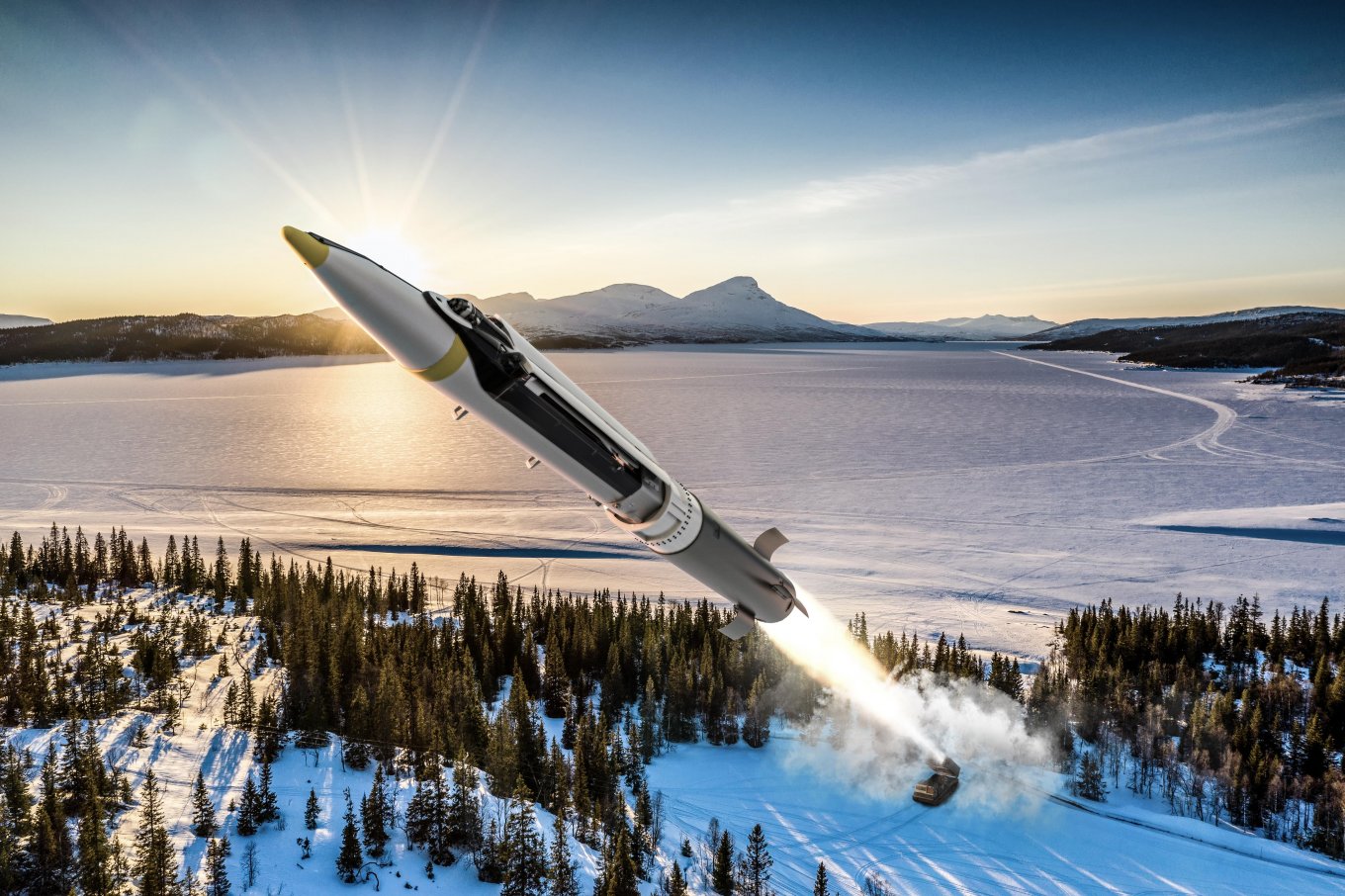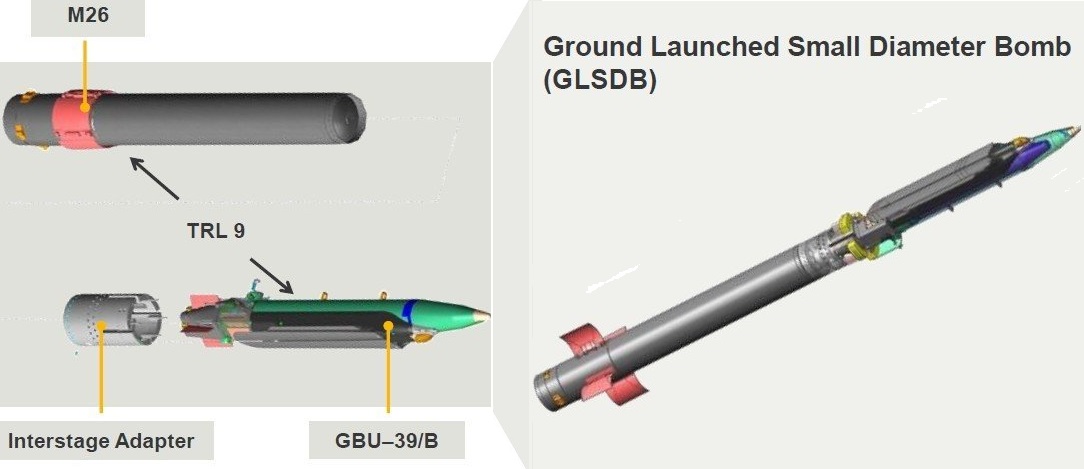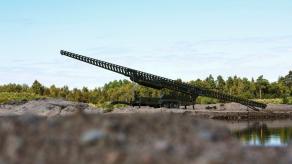Ground-Launched Small Diameter Bombs (GLSDB), a deep strike weapon with a range of 150 km, is showing signs of life after underwhelming performance in Ukraine. Saab has found an important partner to supply new solid-propellant engines to equip an upgraded variant of the bomb — the U.S.-based Anduril company.
As notified by Anduril, its branch enterprise Anduril Rocket Motor Systems will handle deliveries of "modern, high-performance replacement motors" in support of the GLSDB system. The company says with a new design, sub-tier suppliers, and novel manufacturing technologies, it can make engines "quickly, at scale, and more affordably than competitors," thus empowering the delivery of GLSDBs in larger quantities for customers.
Read more: GLSDB is Affected by EW But Air-Launched SDB is Not, Even Though it's the Same GBU-39: Why So

Defense Express notes that integrating a new engine design in itself is interesting in light of the fact that Ukraine is the only known operator of this weapon. Saab and Boeing haven't secured any other customer yet, and Ukraine has found GLSDB less effective than anticipated. Against this background, such an investment into large-scale production indirectly suggests that the creators have found the solution to the critical problem haunting this weapon.
For a reminder, GLSDB's essence is a combination of a Boeing GBU-39/B SDB precision-guided glide bomb with an M26 MLRS unguided rocket. The latter propels the bomb high up and it starts gliding at distances up to 150 kilometers, or ~90 miles. However, the practice showed that after being exposed to electronic warfare interference, the bomb's hit accuracy, provided foremostly by its satellite guidance, plummets to nothing.
That is a death sentence for a relatively low-power munition weighing a modest 129 kg, because it only tolerates deviation of a few meters from the aiming point, not 30 or 50 meters, as turned out in reality. There were also unconfirmed talks of issues with the adapter that connected the SDB with the rocket.

In response to these setbacks, the GLSDB was fixed and ready for round two in Ukraine, as Reuters reported in March. Saab and Boeing carried out necessary tests and were preparing batches for shipment.
Now Anduril states it has launched work to develop and qualify the new engine, aiming to move on to full rate production in 2026. That said, the message leaves it unclear whether their solution will be cheaper than the rocket motors taken from M26s or just cheaper than a freshly-manufactured one from a competitor.
The production of these solid-propellant engines will unfold in McHenry, Mississippi, at the facilities of the Adranos company. Anduril bought this enterprise in 2023 and invested an additional $75 million out of its pocket plus $14 million of state grant funds. Adranos is known for developing a proprietary ALITEC fuel combining aluminum and lithium, which gives 40% more efficiency.
Earlier this March, Anduril was also awarded a contract on solid engines for the U.S. Army, but those will equip the new 120mm rockets for M142 HIMARS. Additionally, the deal included an order for a replacement engine for the SM-6 surface-to-air missile.
Read more: After Setbacks in Ukraine, the U.S. Makes New 'GLSDB 2.0' Bomb That Should Fix the Problem














